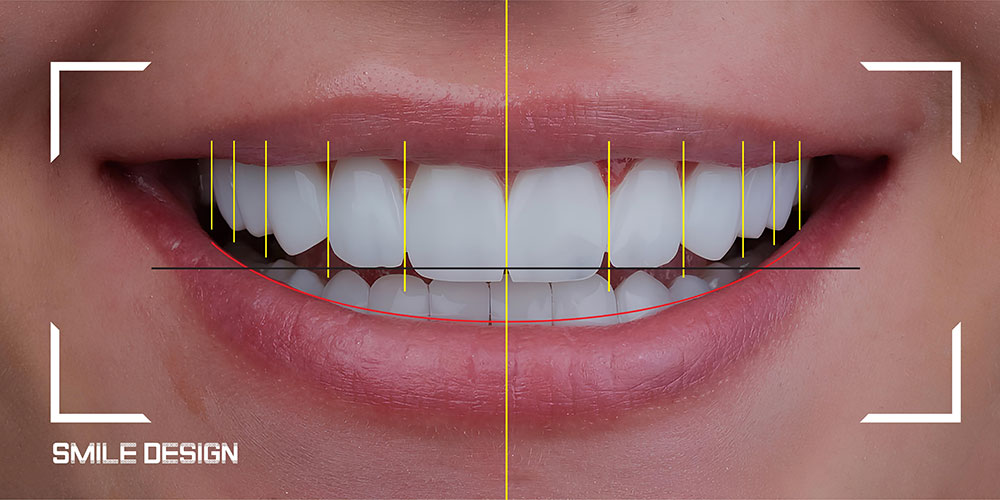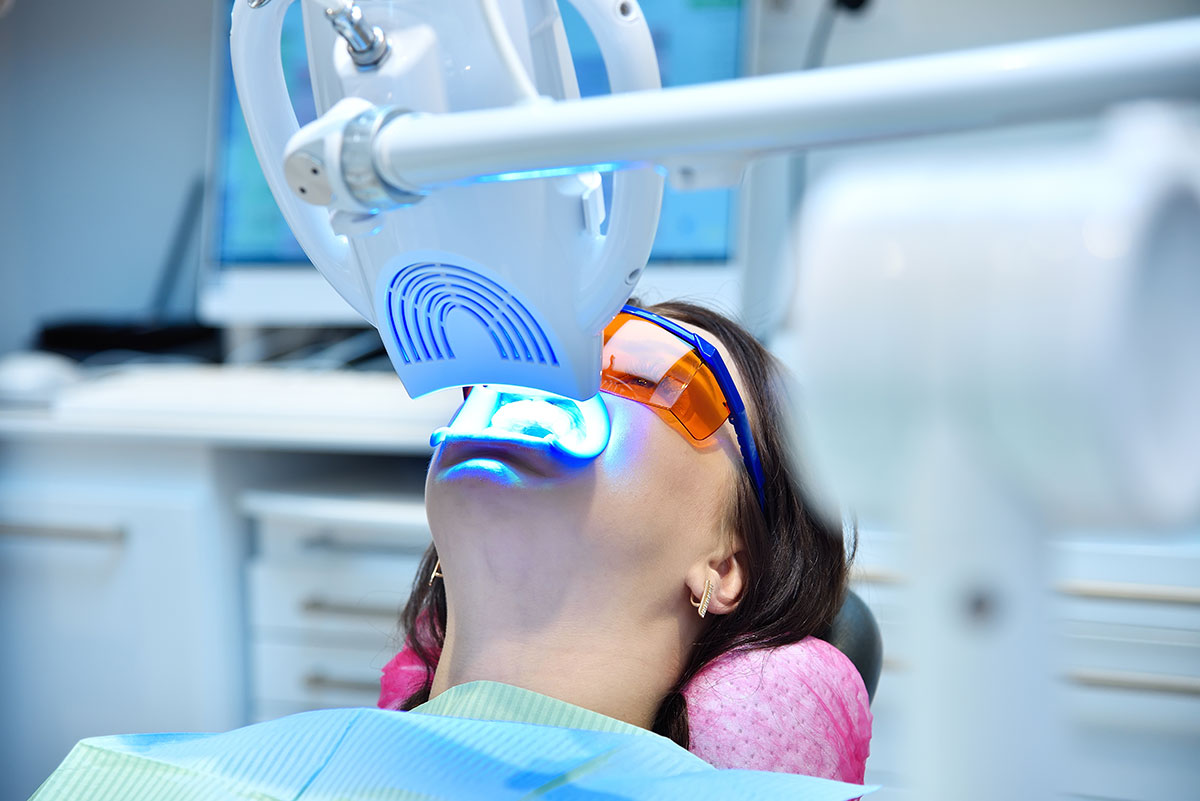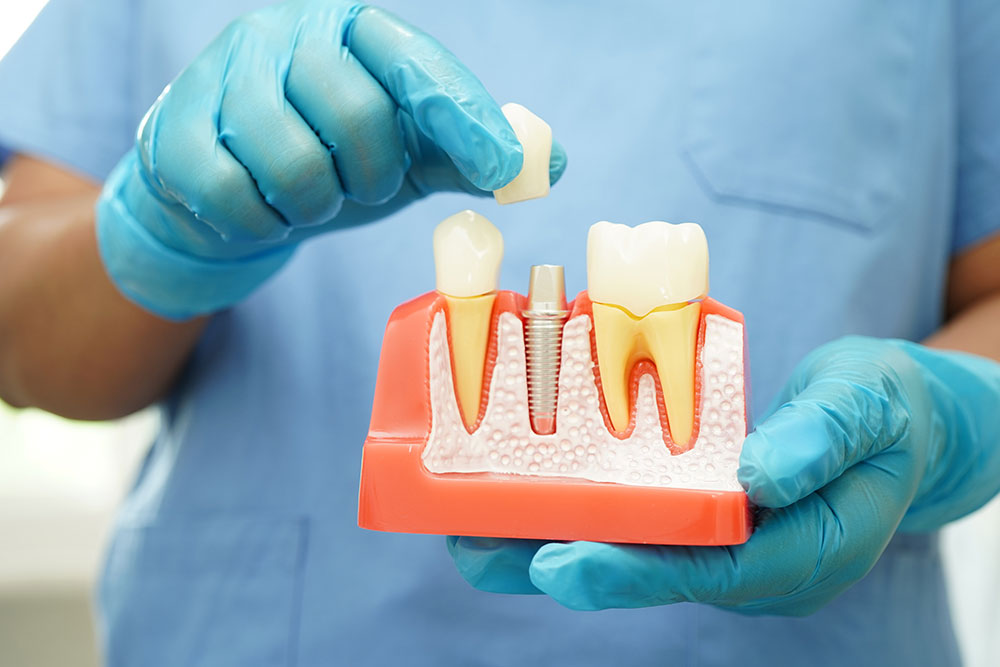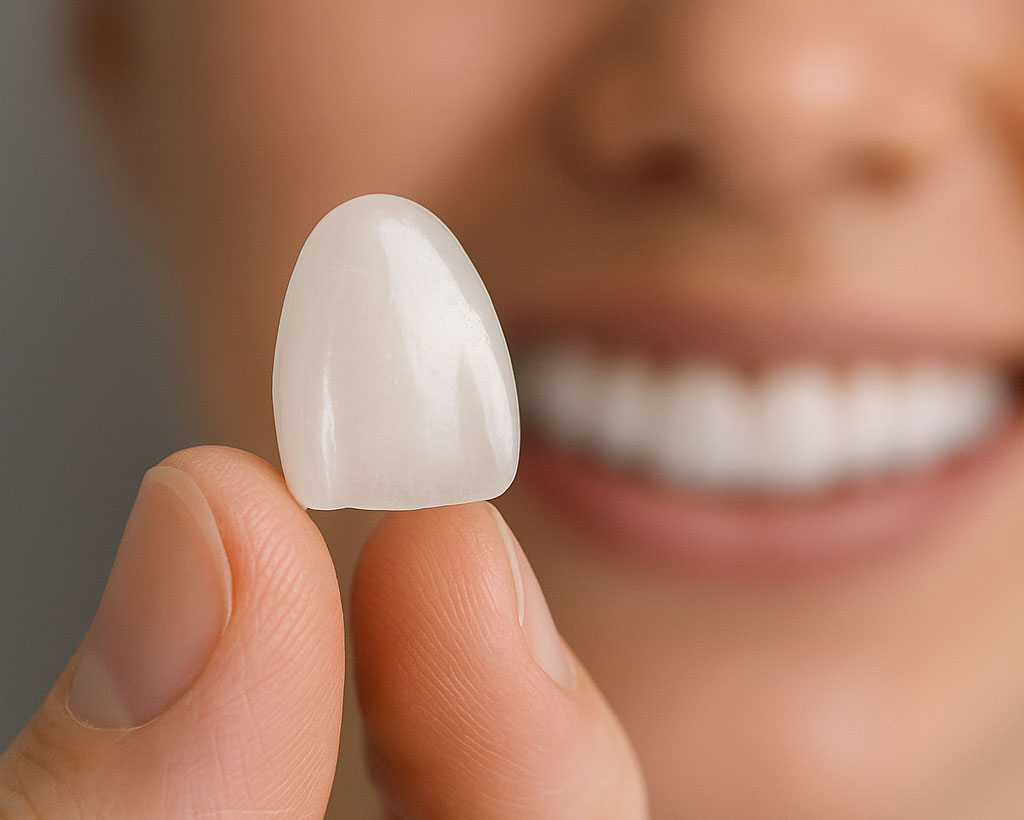Tooth loss is one of the most common health and aesthetic problems for individuals. Missing teeth can impair chewing function, cause speech difficulties and negatively affect self-confidence. Today, the most permanent and successful solution to this problem is implant treatment. However, as technology has developed, techniques that are more comfortable and shorten the healing time have emerged as an alternative to classical implant methods. One of these innovations is laser-assisted implant treatment.
So, what is laser-assisted implant treatment, how is it performed and what advantages does it offer to patients? Let's examine this modern method in detail.
What is a Laser Assisted Implant?
Laser-assisted implant is a combination of conventional implant treatment with laser technology. In traditional implants, the surgeon makes an incision on the gum with a scalpel and inserts the implant screw. In the laser-assisted technique, this is done with special laser devices that cause minimal damage to the tissue.
This reduces bleeding during the operation, reduces post-procedure pain and swelling, and accelerates the healing process. The sterilization effect of the laser also minimizes the risk of infection.
How is a Laser Assisted Implant Made?
Laser-assisted implant application proceeds step by step as follows:
- Inspection and Planning
In the first step, the jaw structure is examined with panoramic x-rays or 3D tomography. Bone density, gum health and the area where the implant will be placed are evaluated. - Anesthesia
Patient comfort is ensured during the procedure by applying local anesthesia. Since the laser technique reduces surgical trauma, the procedure is much more comfortable in most patients. - Gum Opening with Laser
Unlike the classical method, a laser is used instead of a scalpel. The gum tissue is opened precisely with the laser beam. Meanwhile, bleeding is minimized. - Implant Placement
After the gum is opened, a socket of the appropriate size is prepared for the jawbone and the implant titanium screw is placed. - Seamless Closure
With the laser technique, there is often no need for stitches. The gum is shaped with the laser and the implant area is closed in a natural way. - Recovery Process
A period of 2-3 months is required for the implant to fuse with the bone (osseointegration). After this period, the upper prosthesis is placed.
Advantages of Laser Assisted Implant
Thanks to the benefits of laser technology, this method offers many advantages over conventional implants:
- Less Pain and Swelling: Since the laser beam cauterizes the tissues, pain after the procedure is minimized.
- Bleeding Free Operation: Compared to conventional surgery, it is virtually bleeding-free.
- Fast Recovery: The healing process is shortened as there is less tissue trauma.
- No Stitches Needed: Stitches are not needed in most cases.
- Sterile Workspace: The sterilization effect of the laser reduces the risk of infection.
- Aesthetic Advantage: Since gum shaping can be done at the same time, aesthetic results after prosthesis are more successful.
Who is it suitable for?
Laser-assisted implant treatment can generally be applied to all patients who want to have implants. It is especially advantageous in the following cases:
- People with a history of gum disease
- Patients who need to reduce the risk of bleeding
- Individuals with low pain threshold and fear of operation
- Patients who want to keep the recovery time short
- Cases where implants will be made in aesthetic areas (such as front teeth)
Recovery Process and Aftermath
The healing process after laser-assisted implant treatment is more comfortable compared to the classical method. Most patients can return to their daily life on the same day. Except for mild tenderness, no serious pain is felt.
Things to consider during the healing process:
- Hot food should be avoided for the first 24 hours.
- Smoking and alcohol should not be used as they negatively affect healing.
- Medicines recommended by the doctor should be taken regularly.
- Care should be taken for oral hygiene and soft brushes should be preferred.
Are There Any Disadvantages of Laser Assisted Implant?
As with any treatment method, the laser-assisted implant has some limitations:
- Device Cost: Since laser technology is applied with special devices, the cost of treatment may be slightly higher than the classical method.
- Not Implemented in Every Center: Not every dental clinic may have a laser device.
- Practitioner Experience Matters: For effective results, the dentist must be experienced in laser treatment.
Laser Assisted Implant vs Classic Implant
| Feature | Classic Implant | Laser Assisted Implant |
|---|---|---|
| Operation Technique | Incision with scalpel | Laser incision |
| Bleeding | More | Very little |
| Pain/Swelling | Medium | Minimum |
| Recovery Time | Longer | Shorter |
| Stitching | Usually required | Mostly unnecessary |
| Risk of Infection | Normal | Lower |
Laser-assisted implant treatment is one of the most innovative methods in today's dentistry that prioritizes patient comfort. It offers many advantages compared to classical implant applications with faster healing, less pain and aesthetic advantages.
The laser-assisted method is a very suitable option for individuals who want to have their missing teeth completed with an implant but are afraid of the operation process. Of course, it will be possible to determine the best method for each patient after the examination of the specialist dentist.
In short, laser-assisted implant treatment is one of the safe, fast and comfortable solutions offered by modern dentistry.





